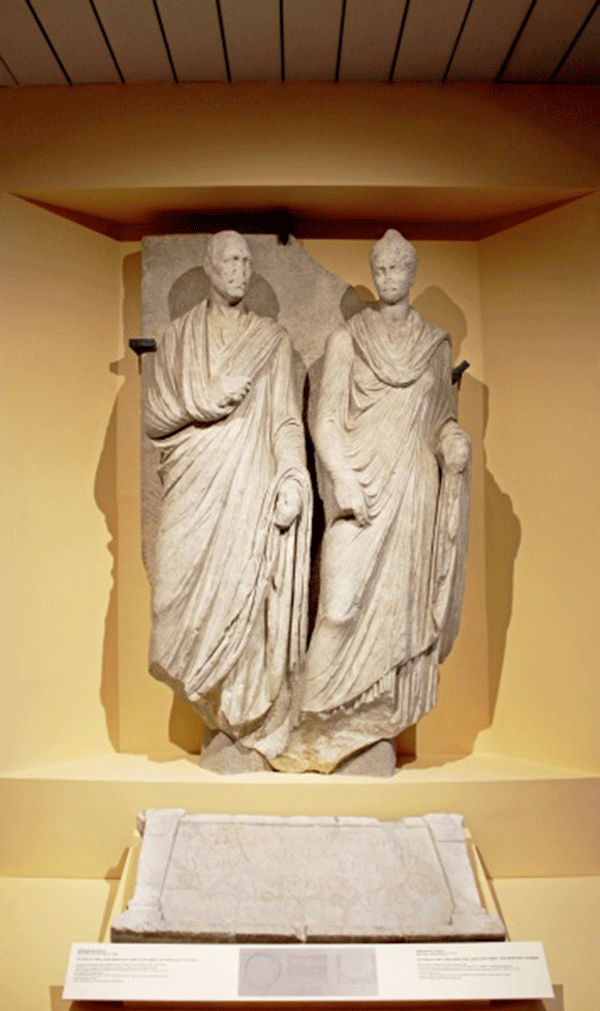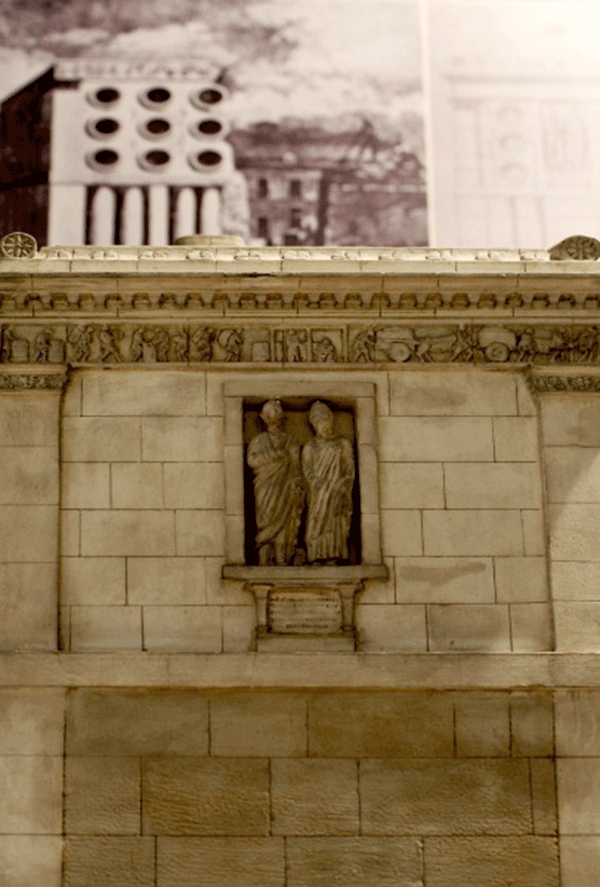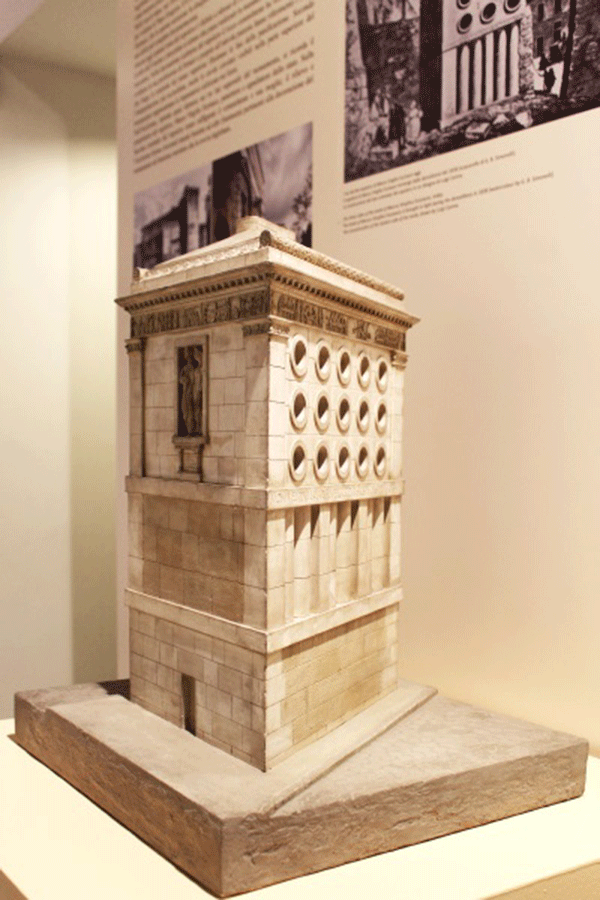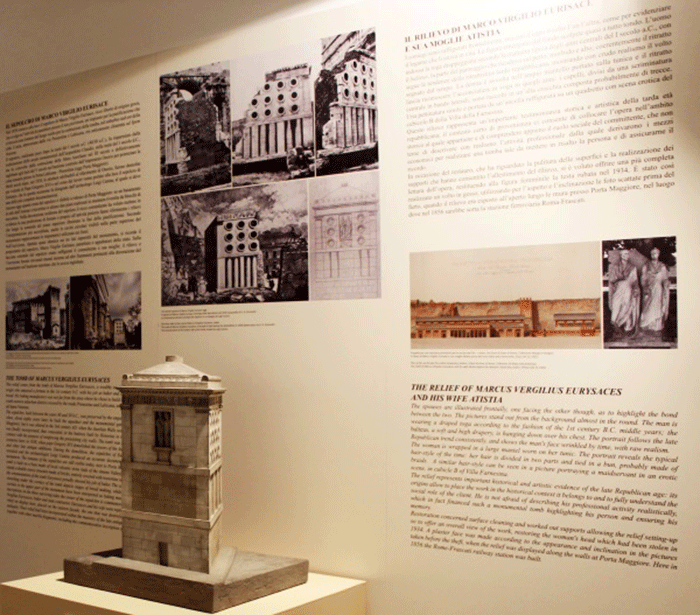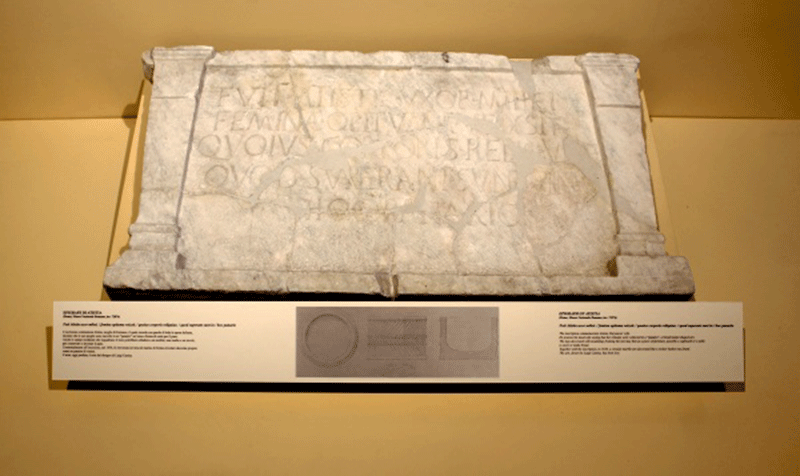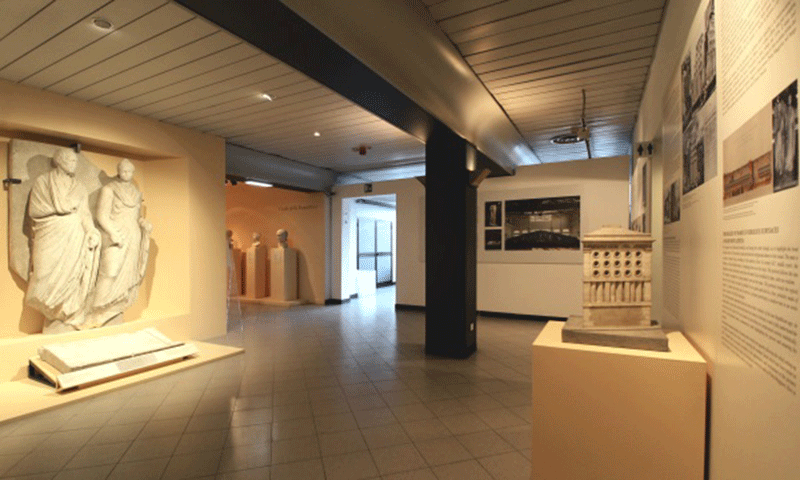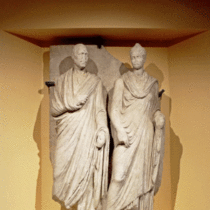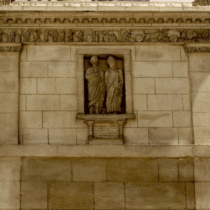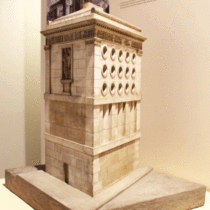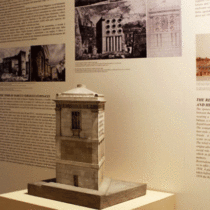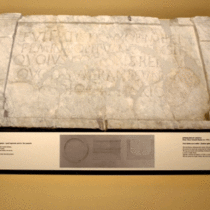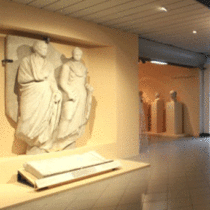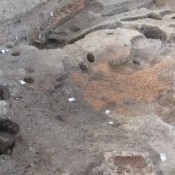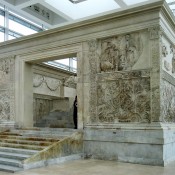A funerary relief portrait of a Roman baker dating to the first century BC is now back on display after restoration works. The tomb was of Marco Virgilio Eurisaces and his wife Atistia, a baker who was probably a freedman in ancient Rome.
The tomb was built in 50-20 BC by Eurisaces outside the eastern boundary of Rome and is now part of the Porta Maggiore. Two inscriptions on the tomb identify the owner, who was perhaps a freedman of Greek origin who became a successful baker. The building comprises three surviving facades with a unique design, as there are three rows in five columns of hollow circles in the third storey. An interpretation of what this design represented is that it could have been dolia frumentaria, large round-mouth earthenware jars used for commercial food storage. Also, a frieze below the cornice depicts all stages of commercial bread-making, providing a literal representation of the man’s craft.
The tomb was incorporated in various building phases of the site, from the construction of the Aqua Claudia to the building of the Aurelian Walls. The buiding of the Porta Praenestina tower led to a destruction of the east facade of the tomb. When emperor Honorius built his wall, the tomb was enclosed in reinforcements, until 1838 when the structures were demolished by order of Pope Gregory XVI and the tomb was rediscovered. Today it is part of the Porta Maggiore.
When the tomb was discovered, apart form the structure itself, other items were also found, such as fragments of inscriptions and sculptural elements, as well as the relief portrait of Eurisicedes and his wife Atistia. The way the couple is depicted, their clothes and style, is in the way members of the elite were represented.
Also, near the tomb, an urn was found in the shape of a cylindrical basket. Unfortunately it has been lost and only drawings of it remain today.
The relief is now on display at the Centrale Montemartini museum in Rome, along with a plaster replacement head for Atistia -the original had been stolen in 1934- and a marble epitaph loaned by the Museo Nazionale Romano. Also, a miniature replica of the tomb loaned from the Museo della Civilta Romana is also exhibited.
